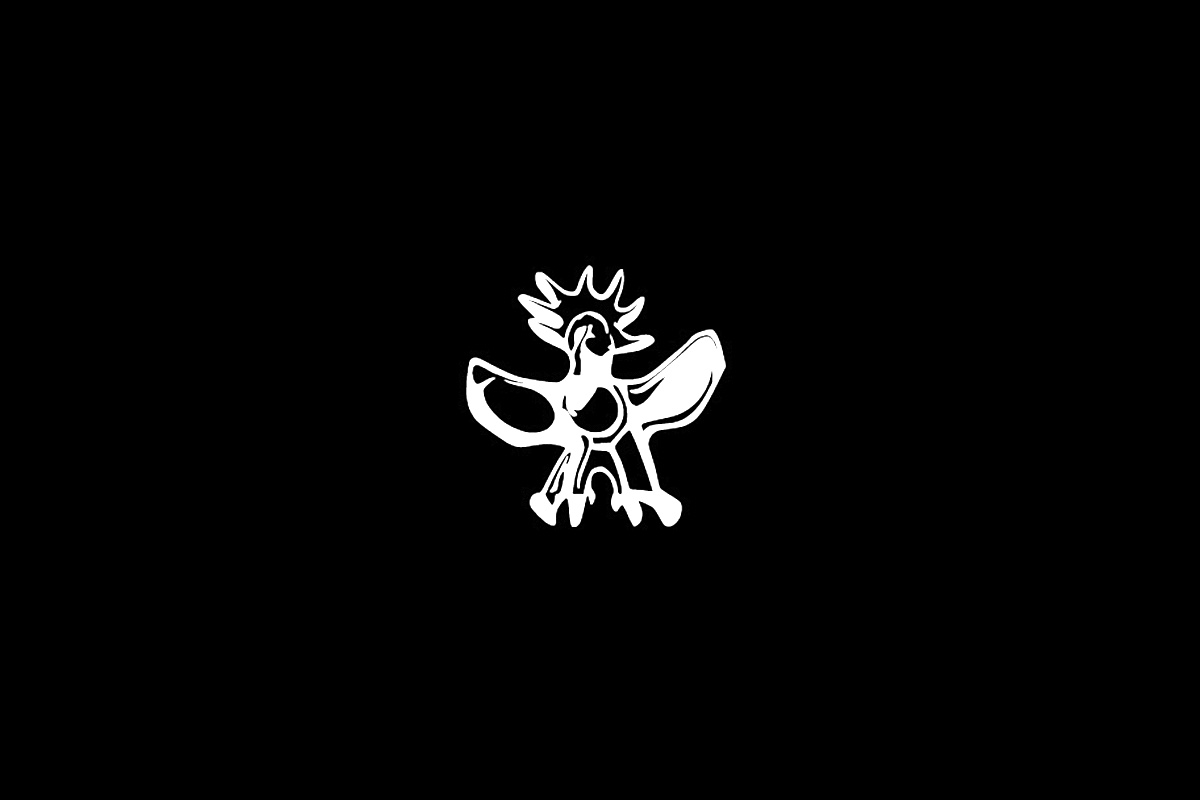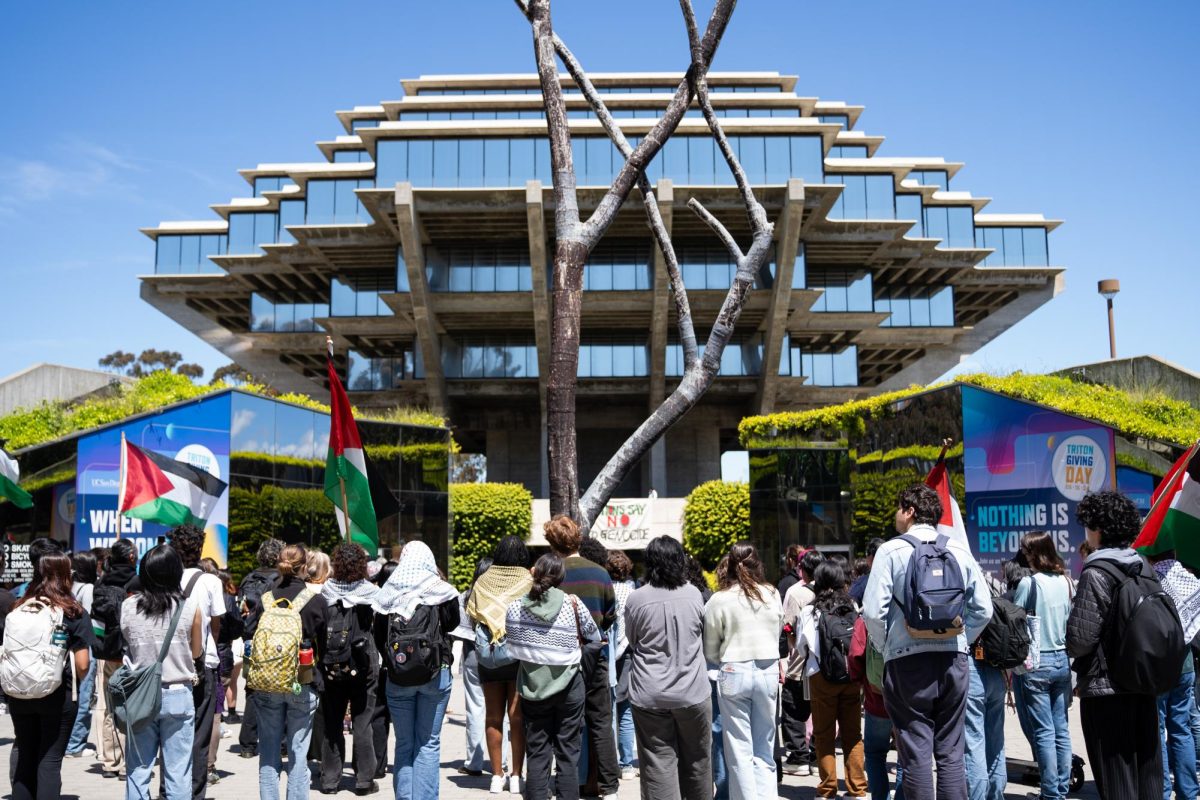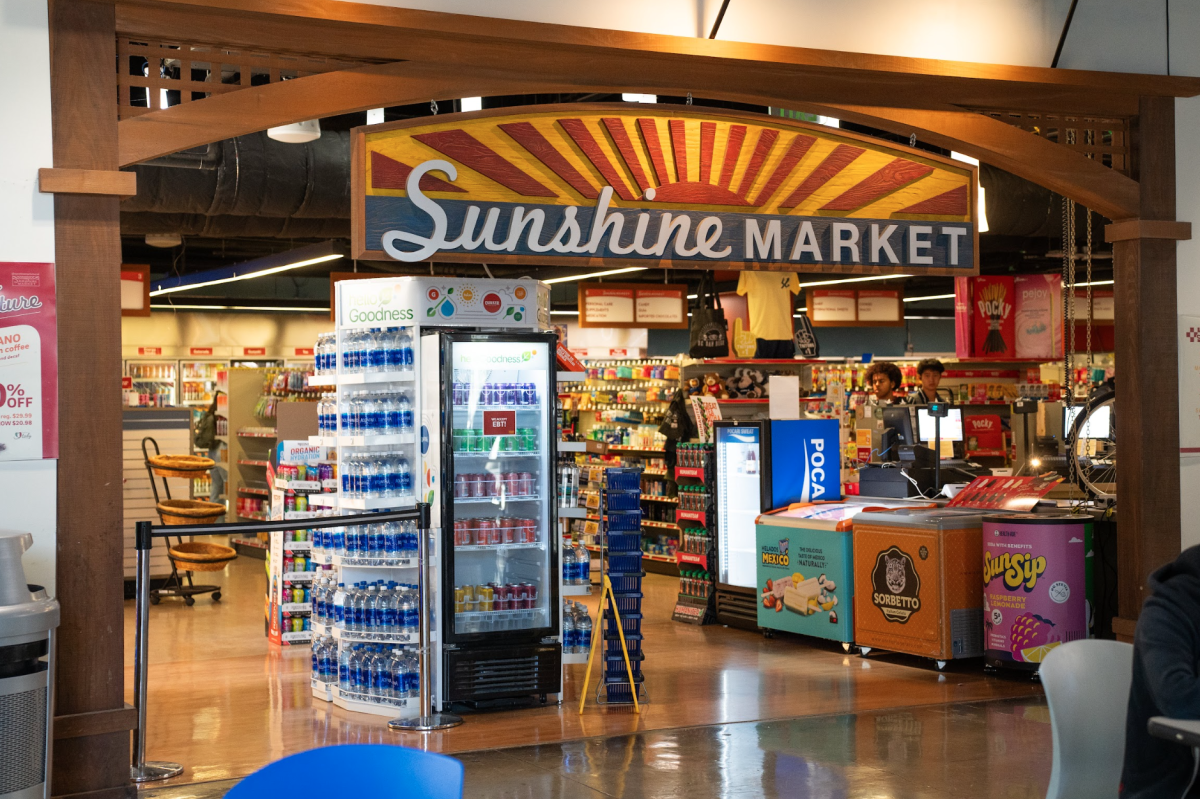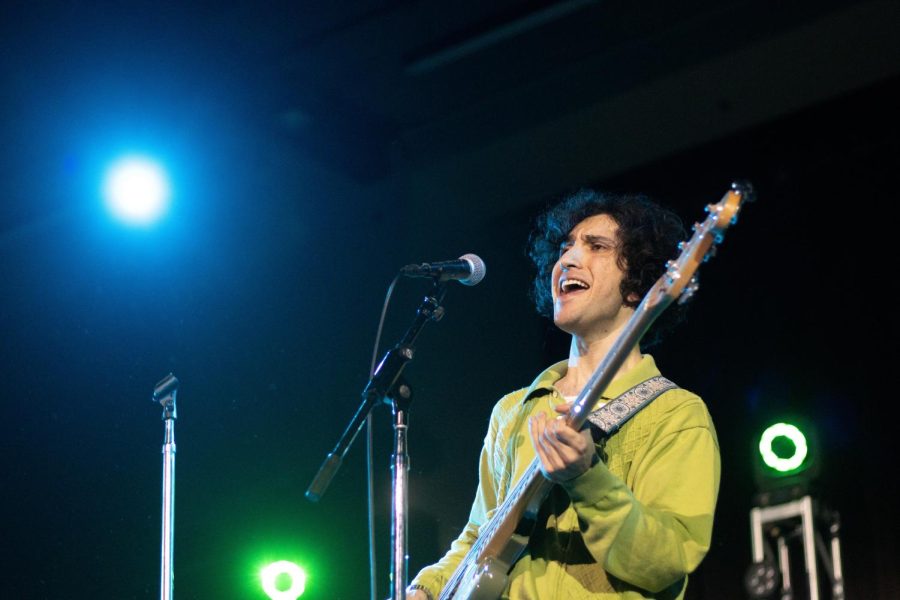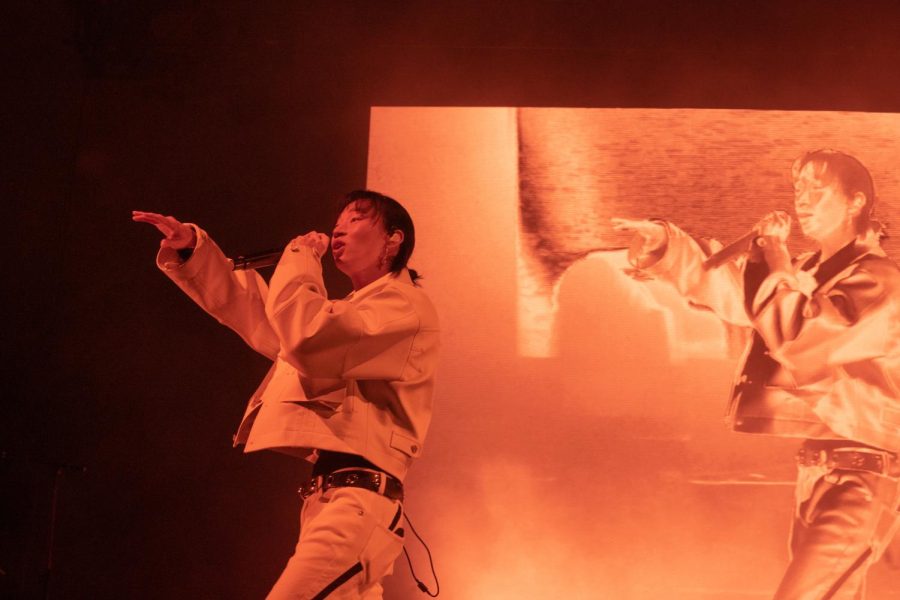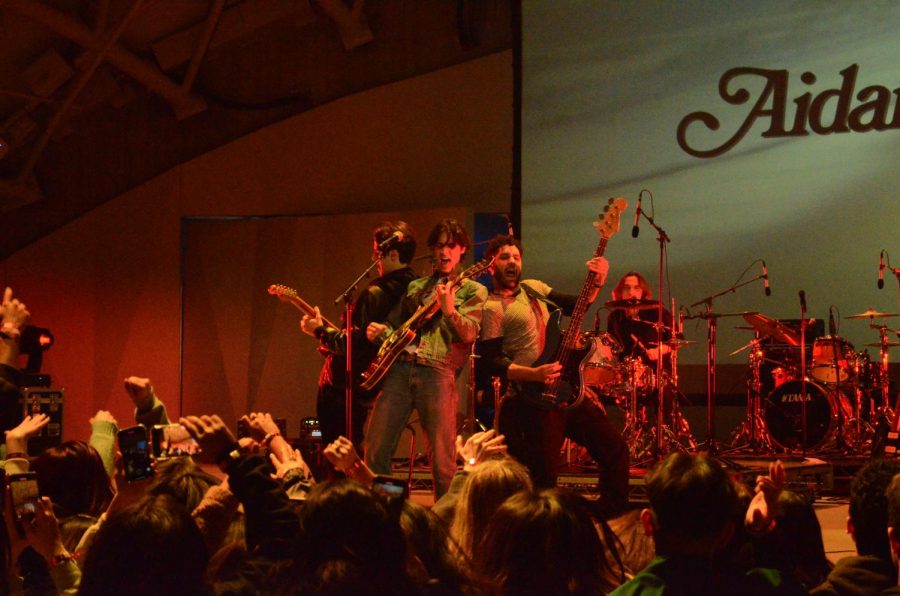If Jacob Riis had done fashion photography it would probably
look something like the inside of an American Apparel catalog. The 19th-century
documentarian’s camera caught the poor and destitute of
York
and bars. In sometimes pitch black conditions, his burning magnesium powder
would capture his subjects on film before they realized they were being
watched, and Riis would quickly make his exit before anyone was the wiser.
Looking at the photos gives you the sense of an intrusion that has left no
detail of an otherwise murky and hidden existence illuminated by the flash’s
harsh light. The subjects’ expressions range from confusion to disinterest. Put
them in spandex and stand them a few inches from a white background and you
have the beginnings of an American Apparel ad campaign.
If you think of the styled photography that American Apparel
uses to advertise its clothing line, 19th century muckrakers probably do not
come to mind. On first glance it might look like it was shot with a disposable
camera and developed at the corner drugstore, but the snapshot aesthetic it
utilizes is a carefully controlled technique used to give the work an edgy
rawness and straightforward sexual appeal despite its banal purpose of
displaying and advertising clothing. Whereas Riis snuck into bars late at night
to capture poverty-stricken city dwellers sleeping under tables, American
Apparel gives the impression that a photographer just happened to stumble upon
a basement full of fit, attractive young people wearing spandex or purple
tri-blend rompers (just $28).
The common thread that impresses me about these two bodies
of work is the successful use of direct flash. Most photographers would agree
that the use of direct flash — usually from a small strobe built into the
camera itself — is one of the most common signs of an amateur and a stylistic
faux pas to be avoided in almost all situations. It’s the type of lighting seen
most often on Facebook, illuminating sweaty foreheads and giant pores, and
responsible for the blown-out glow of dirty bathroom mirrors in so many
self-portraits on Myspace.
I normally shun flash photography as too intrusive and
unnatural. For better or worse, it destroys the scene’s mood and replaces it
with flat and uniform lighting. People change their behavior once they realize
they’re being photographed, and what better way to announce that fact by a
bright pulse of light emanating from your camera? After one discrete shot
triggers the flash, you can expect someone to pose in the next shot, likely
with a stupid face or gang sign. More importantly, a powerful flash is annoying
to most people and not something I’d prefer to do as a guest in someone’s home.
But when my roommates and I hosted a party in our apartment a few months ago, I
decided to take advantage of being on my own turf by being an ass with a camera
for the night and channel my inner Riis.
The result was similar to the hybrid I described earlier —
halfway between concerned documentary photography and a fashion shoot. My
photos had the antique look of early photography because of the black and white
film I was using; I happened to develop the film in less than ideal conditions
so that the emulsion warped and burned out in a few photos. The debauchery
provided enough illicit behavior for legitimate social concern, but the young
crowd was having fun and was more worthy of an American Apparel catalog. I
roamed the dark levels of my apartment, searching for unsuspecting subjects and
blinding them with my flash, getting away before their retinas had time to
recuperate. As the night drifted on, even that piercing torch struggled to
arouse people’s attention away from the pounding dance music or finishing off
the alcohol. One guest in particular was the star of the night, a petite
partier who was even wearing an American Apparel dress. I checked in on her
twice. The first time she was above the party, dancing on a chair. The second,
she had changed elevation and was smiling serenely while lying on the floor.
I waited a few months to develop my film from the night, and
I was completely surprised by what I saw. The cloak of darkness had been lifted
without anyone knowing, and even I saw things that I couldn’t see at the time.
People were gyrating in plain sight for no obvious reason; bodies were heaped
on each other in unabashed stupor and exhaustion. Instead of the calm, moody,
selective-focus candid photos I am used to getting in such a setting, I got
flailing arms and legs outlined by thin deep shadows as if someone had used a
permanent marker. It was a society case worthy of Riis’ work, but the subject
matter was decidedly more lighthearted and attractive fare. It struck me that
the choice of using flash had defined the story the pictures told.


